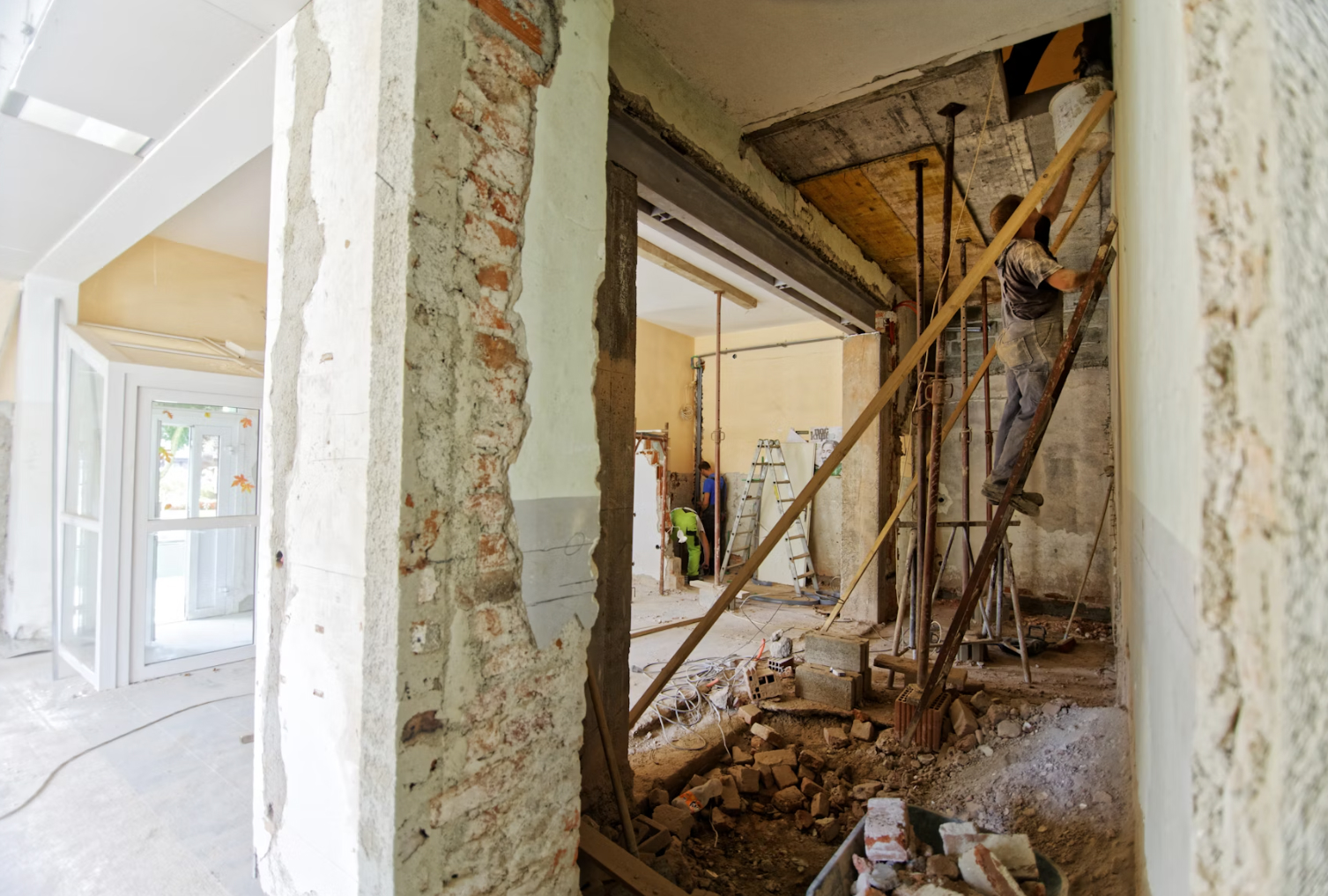The visual similarity between asbestos-containing materials and modern cement fibre products presents a significant challenge in building material identification. Understanding these differences is crucial for property owners, renovators, and construction professionals, given the severe health implications of asbestos exposure.
The Challenge of Visual ACM Identification
While asbestos-containing materials and modern cement fibre products may appear nearly identical, their composition and associated health risks differ substantially. Reliable asbestos identification cannot be achieved through visual inspection alone, making professional asbestos testing essential for definitive determination.
Key Visual Indicators of ACMs
Age of the Material
The age of building materials can provide initial guidance in asbestos identification:
- Materials installed before 1990 have a higher likelihood of containing asbestos
- Cement fibre products manufactured after 2003 are generally asbestos-free
- Materials installed between 1990 and 2003 require particular scrutiny
Physical Characteristics
While not definitive, specific physical characteristics may suggest the presence of asbestos:
- Dimpled surface pattern (“stipple” finish) on older sheets
- Slight grey-brown hue in older materials
- Presence of outdated brand names or markings
- Darker or discoloured areas where water has penetrated
The Importance of Professional Asbestos Testing

Visual indicators alone cannot provide conclusive asbestos identification. Laboratory testing remains the only reliable method for determining asbestos presence and type. Professional testing involves:
Sample Analysis
Accredited laboratories employ sophisticated techniques, including:
- Polarised light microscopy
- X-ray diffraction analysis
- Electron microscopy
- Specialised sample preparation methods
Professional Assessment
Licensed asbestos assessors provide:
- Expert material evaluation
- Comprehensive risk assessment
- Detailed documentation
- Management recommendations
Safety Considerations

When dealing with suspected asbestos-containing materials:
Do Not:
- Drill, cut, or disturb the material
- Attempt to remove samples without proper training
- Rely on visual identification alone
- Dispose of materials in regular waste
Do:
- Treat suspected materials as asbestos until proven otherwise
- Engage licensed professionals for testing
- Maintain detailed documentation
- Follow regulatory guidelines
The Role of Documentation
Asbestos Register
Maintaining an asbestos register is crucial for:
- Documenting identified materials
- Tracking test results
- Recording material condition
- Planning management strategies
Management Plans
Comprehensive management plans should include the following:
- Material location maps
- Risk assessments
- Control measures
- Emergency procedures
Legal and Compliance Requirements
Proper asbestos identification and management fulfills the following:
- Workplace health and safety obligations
- Environmental protection requirements
- Building code compliance
- Insurance requirements
Professional Asbestos Identification Services
Expert asbestos identification services by Global Asbestos Audits provide:
- Accredited laboratory testing
- Detailed analysis reports
- Risk assessment documentation
- Management recommendations
- Compliance certification
Benefits of Professional Asbestos Assessment
Engaging professional asbestos identification services ensures:
- Accurate material identification
- Regulatory compliance
- Risk mitigation
- Legal protection
- Informed decision-making
The similar appearance of asbestos-containing materials and modern cement fibre products makes visual identification unreliable. Professional testing and assessment remain the only dependable methods for asbestos identification. This approach ensures safety and compliance and provides the documentation necessary for proper material management.
Always consult licensed asbestos assessors and accredited testing laboratories for definitive material identification. This professional expertise ensures accurate identification, proper management, and compliance with all relevant regulations and safety standards.
While visual indicators can raise suspicions about material composition, only laboratory testing can provide the certainty needed for safe and compliant material management.

